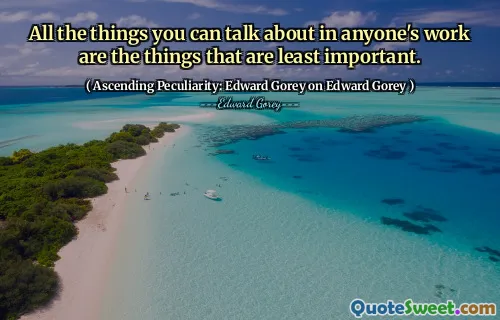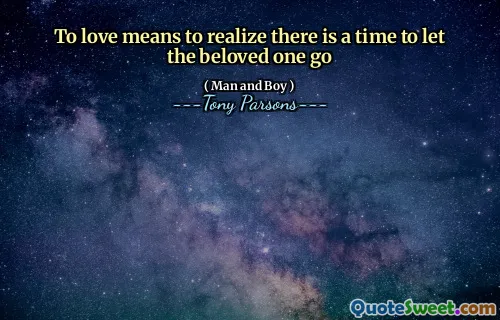What is true about a person? Would I change in the same way the river changes color but still be the same person?... And then I realized it was the first time I could see the power of the wind. I couldn't see the wind itself, but I could see it carried water that filled the rivers and shaped the countryside.
The quote reflects on the nature of personal identity amidst change. It raises questions about what fundamentally constitutes a person—whether one's essence remains constant despite the external transformations one experiences, much like a river that changes color yet remains the same body of water. It hints at the idea that while we may undergo significant changes, our core self largely persists.
The metaphor of the wind illustrates this concept skillfully. Though the wind is invisible, its effects are evident in the way it influences water and landscapes, symbolizing unseen aspects of our identity that shape us over time. This underscores the interplay between external experiences and internal continuity, suggesting that even as we evolve, there is an intrinsic part of us that endures, much like the river's essential quality despite its shifting hues.





